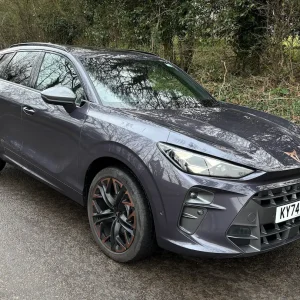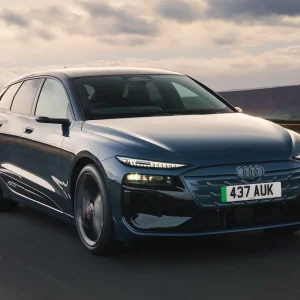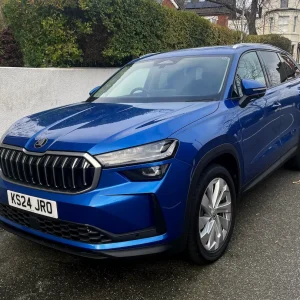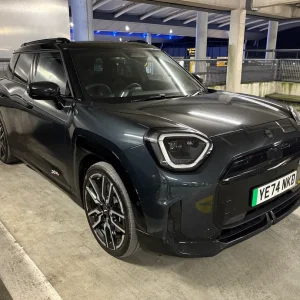Despite a steady stream of fresh-faced EVs coming to market on an almost daily basis, if you’re looking for a business-efficient, zero-emissions vehicle, then the default choice is most probably still the Tesla Model 3. Hardly surprising then that BYD is a little coy about admitting its stylish Seal saloon is after a piece of the Californian company’s action.
Then again, perhaps BYD shouldn’t be so reticent, as the Seal matches Tesla’s best-selling model in many respects and betters it in some key areas.
The fact both cars are available with two or all-wheel drive and both share similar range and power characteristics makes for a compelling comparison. For the record, the Seal will be offered as a 315hp single-motor rear-wheel drive model when it arrives in the UK later this year, with a scorching 530hp all-wheel drive twin-motor variant following hot on its heels. With this kind of power on offer, you be equally well-served for performance regardless of whether you stick with the ‘blimey! it’s properly quick’ entry model or opt for the hyper-speed version and spend your days leaving Porsche 911 drivers trailing in your heat haze.
It is pretty obvious from speaking to BYD’s engineers that they sense an opportunity to outscore their Californian rivals when it comes to perceived quality, especially given Tesla’s somewhat sketchy approach to interior fit and finish and the nether region numbing quality of its seats.
The Seal’s interior certainly delivers a sense of occasion, whether it be the theatrical 15.6in rotating central screen, which can be orientated from landscape to portrait, or more fundamentally, the high-quality materials that abound throughout the cabin and the supplementary, subtly damped major controls and switchgear.
There’s plenty of space for four to travel in comfort and because there’s no central transmission tunnel an additional rear passenger shouldn’t feel like they’re straddling a seaside donkey. Although that rakish roofline takes its toll on rear headroom, kneeroom in the rear is pretty impressive – the Seal is roughly 5cm longer than a Tesla 3 and most of that space has been given over to rear legroom. No doubt this decision had a bit of a detrimental effect on boot capacity, which at 402 litres, is pretty tight for the class. For context, a BMW 3 Series has 480 litres. On a more positive storage note, you do get an additional 50 litres under the bonnet.
As for those seats, although we didn’t cover enough miles to notice any cushion pressure points, we can confirm they are supportive when tackling bends, having carried out several high-speed slalom tests during our drive on a race circuit.
As with all BYD’s EVs, the Seal’s battery is an integral part of the chassis construction, and this arrangement is claimed to provide improved torsional rigidity with substantial benefits for ride comfort, handling and crash integrity. For now, we’ll have to take BYD’s word regarding the ride, given the ripple-free race track conditions. What we can confirm is the Seal is an encouragingly agile car, changing direction with minimal body roll and reacting intuitively to its accurately weighted steering, albeit with a subtle dash of electronic torque vectoring intervention, judiciously distributing power across the axles.
Both models draw power from an 82kWh blade cell battery, giving an official WLTP range of 354 for the rear-wheel drive car or 323 miles for the 4WD. More disappointing is the Seal’s rather sluggish 150kW charging rate, which looks pretty puny compared to the 200kW-plus systems Tesla can call on via its supercharger network. Although pricing is yet to be confirmed, we expect the single-motor model to start from just over £40,000 and at around £47,000 for the dual-motor version.
Tempted? Well as good as the Seal looks, feels and performs, given the ultimate convenience and the exclusivity of Tesla’s charging network, we suspect BYD will still have an uphill battle for hearts and minds if it is to upstage Tesla’s EV pre-eminence.
BYD Seal RWD
P11D: £40,000 est
On sale: TBC
Residual value: TBC
Depreciation: TBC
Fuel: TBC
Service, maintenance and repair: TBC
Cost per mile: TBC
Range: 354 miles
CO2 (BIK %): 0g/km (2%)
BIK 20/40% a month: TBC
Luggage capacity: 455 litres
Battery size/power: 82kWh/315hp





